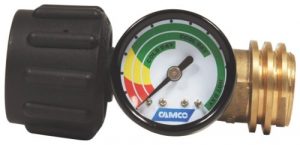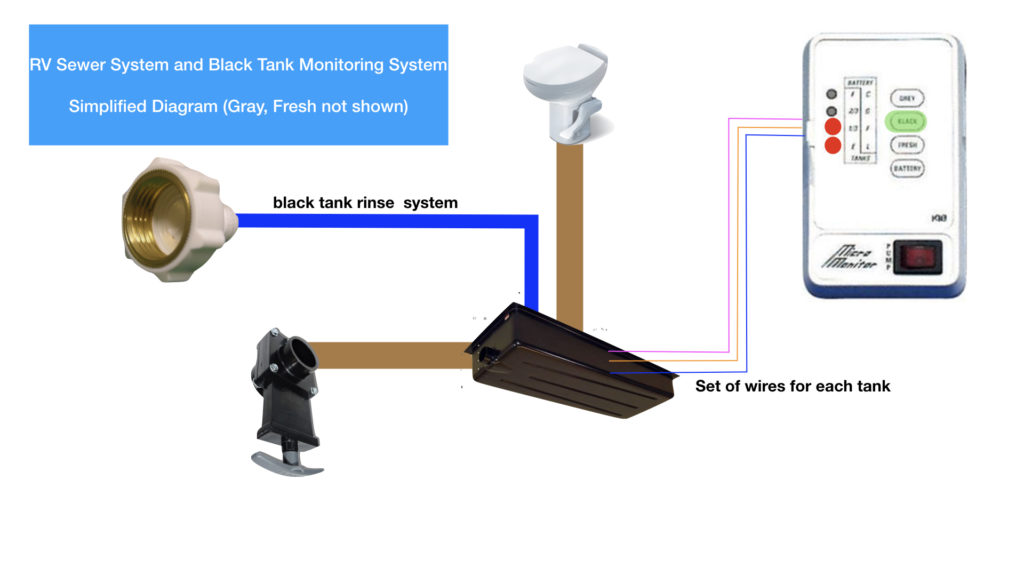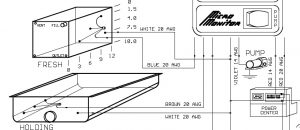Essential RV Plumbing Guide for Beginners: Tanks, Tips, and Top Concerns
Understanding RV Plumbing Basics
If you’re new to RVing, understanding your RV’s plumbing system is essential. This guide provides an overview tailored for beginners who may not be familiar with RVs, helping you get a handle on the basics of maintaining and using your RV plumbing system effectively.
Why RV Plumbing is Different
RVs are designed for flexibility, allowing you to camp without hookups for a few days, commonly referred to as “boondocking” or “dry camping.” To make this possible, RV plumbing systems are designed with three main tanks:
- Fresh Water Tank – Holds clean water for drinking, cooking, and other uses.
- Gray Water Tank – Collects “used” water from sinks and showers.
- Black Water Tank – Holds wastewater from the toilet.
Each tank serves a unique purpose, and proper maintenance is crucial to ensure smooth operation while camping.
Key Components of RV Plumbing
Fresh Water Tank
The fresh water tank stores potable water for your RV when you’re not hooked up to an external water source. Since this is the water you’ll use for drinking, cooking, and cleaning, it’s essential to keep it clean. Use only approved methods to sanitize and treat the fresh water tank. A built-in pump provides water pressure to this system, so you can still use it when dry camping.
Gray Water Tank
The gray water tank holds water that drains from sinks and showers, which fills up surprisingly fast. Many RVers use gray water to help flush the black tank during cleaning, but when connected to a sewer or septic hookup, you can leave the gray water tank valve open to prevent overflow.
Black Water Tank
The black water tank holds waste from the toilet and requires a different approach. Keep the valve closed until you’re ready to empty it. Flushing the tank all at once helps prevent waste buildup, which could block sensors and cause inaccurate readings. Adding enzyme treatments can help keep the tank clean, but note that these additives don’t treat the waste—they just assist in preventing residue buildup. Be sure to use RV-friendly, quick-dissolving toilet paper to avoid clogs.
Top 5 Concerns About RV Plumbing Systems
After analyzing common questions and concerns about RV plumbing systems, here are the top issues RV owners face:
- Tank Odor Control – Keeping unpleasant odors from black and gray tanks at bay is a major concern. Enzyme treatments and regular cleaning are essential for odor management.
- Tank Sensor Malfunctions – Residue buildup can cause inaccurate readings, particularly in the black tank. Regular flushing and cleaning help sensors work properly.
- Clog Prevention in Black Tank – Using only RV-safe toilet paper and avoiding certain waste products can prevent clogs that block drains or impact flushing.
- Gray Tank Overflow – Gray tanks can fill faster than expected, especially with frequent shower and sink use. Knowing when to empty or open the gray tank valve is key.
- Sanitizing the Fresh Water Tank – Since this water is for drinking, proper sanitization is a top priority. It’s crucial to regularly clean the tank to prevent contamination.
Understanding these key points will help you manage your RV plumbing system and avoid common issues. With proper maintenance, you’ll enjoy a hassle-free experience, whether you’re camping off-grid or at a full-hookup site.



